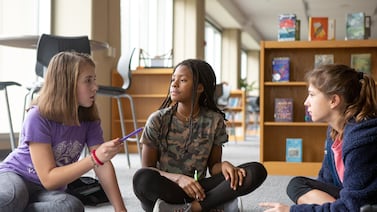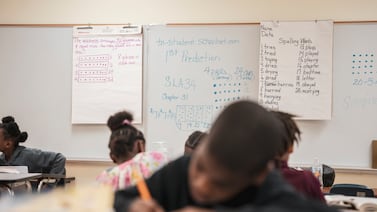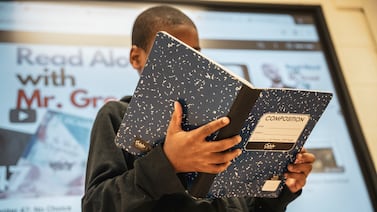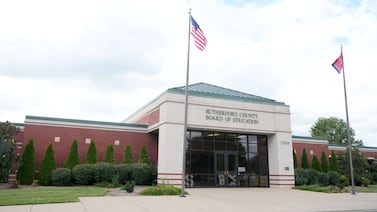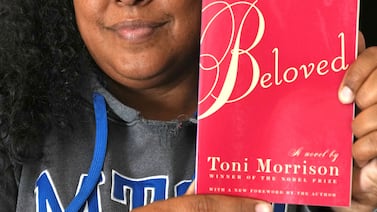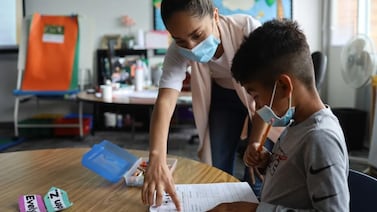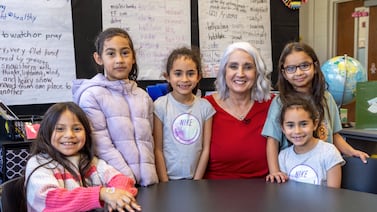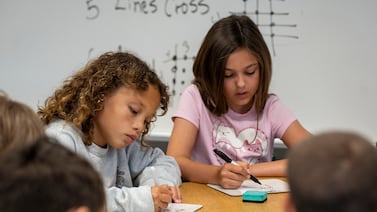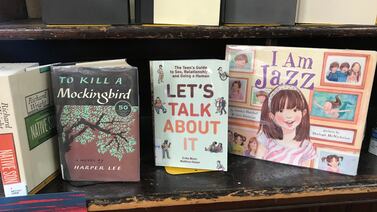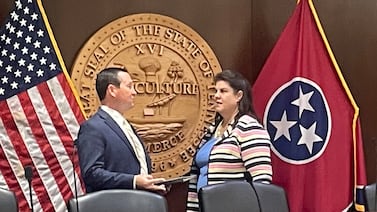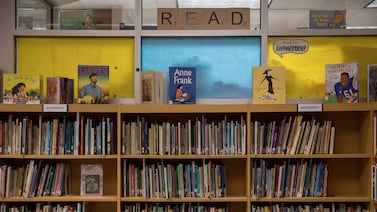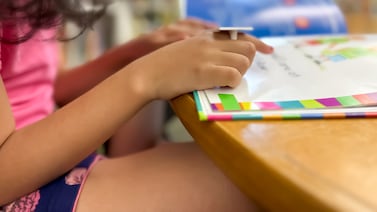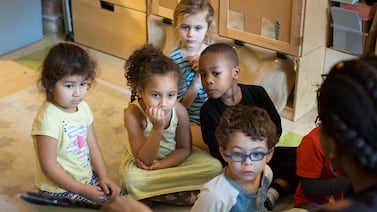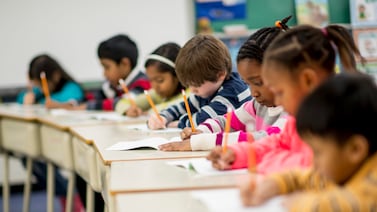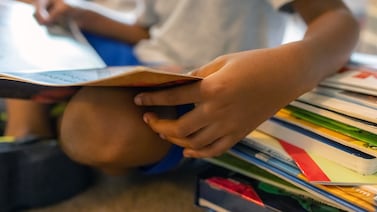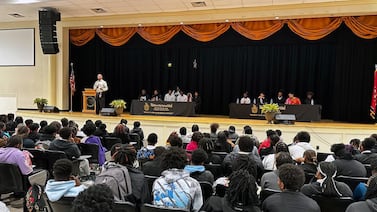Literacy
The state bet big on tutoring and summer learning programs after the pandemic.
Book banning action has escalated locally, not at the state level
Are the policies making students better readers? Some officials are encouraged.
Under an expanded state law, the removals have gone from ‘a trickle to a tidal wave,’ says one librarian
Teachers are to begin — and end — every class with a literacy-based activity.
Also removed: ‘Wicked’ and ‘The Perks of Being a Wallflower’
One librarian anonymously reported pulling 300 titles since the school year’s start.
Tutoring failed to lift math and reading grades in a study of 7,000 students
Tennessee’s Missy Testerman speaks out against classroom and library censorship, private school vouchers
46% proficiency rate is the highest since the state raised its academic standards in 2010.
Former librarian will lead panel that could decide which titles students statewide can access.
The revised policy also requires more tutoring for struggling readers who advance to fifth grade.
Lawmakers send bill to the governor, who signaled that he'll sign it
Senate and House still at odds over how to revise a 2021 reading and retention law
The proposal would widen criteria for determining which students could be held back — and give parents a say.
In a rare action, the state Board of Education passed a resolution questioning whether the 2021 law targets the right age group.
The Tennessee State Board of Education approved the calculation during a meeting Friday, but some members said lawmakers should take another look at the law for struggling readers.
The 2021 law that vexed third grade families last year offers fewer promotion pathways this year
With another battle expected over vouchers, see what legislative leaders and advocates are saying.
Prize-winning authors spoke to Whitehaven H.S. students but had to hold back on discussing themes of systemic racism.

